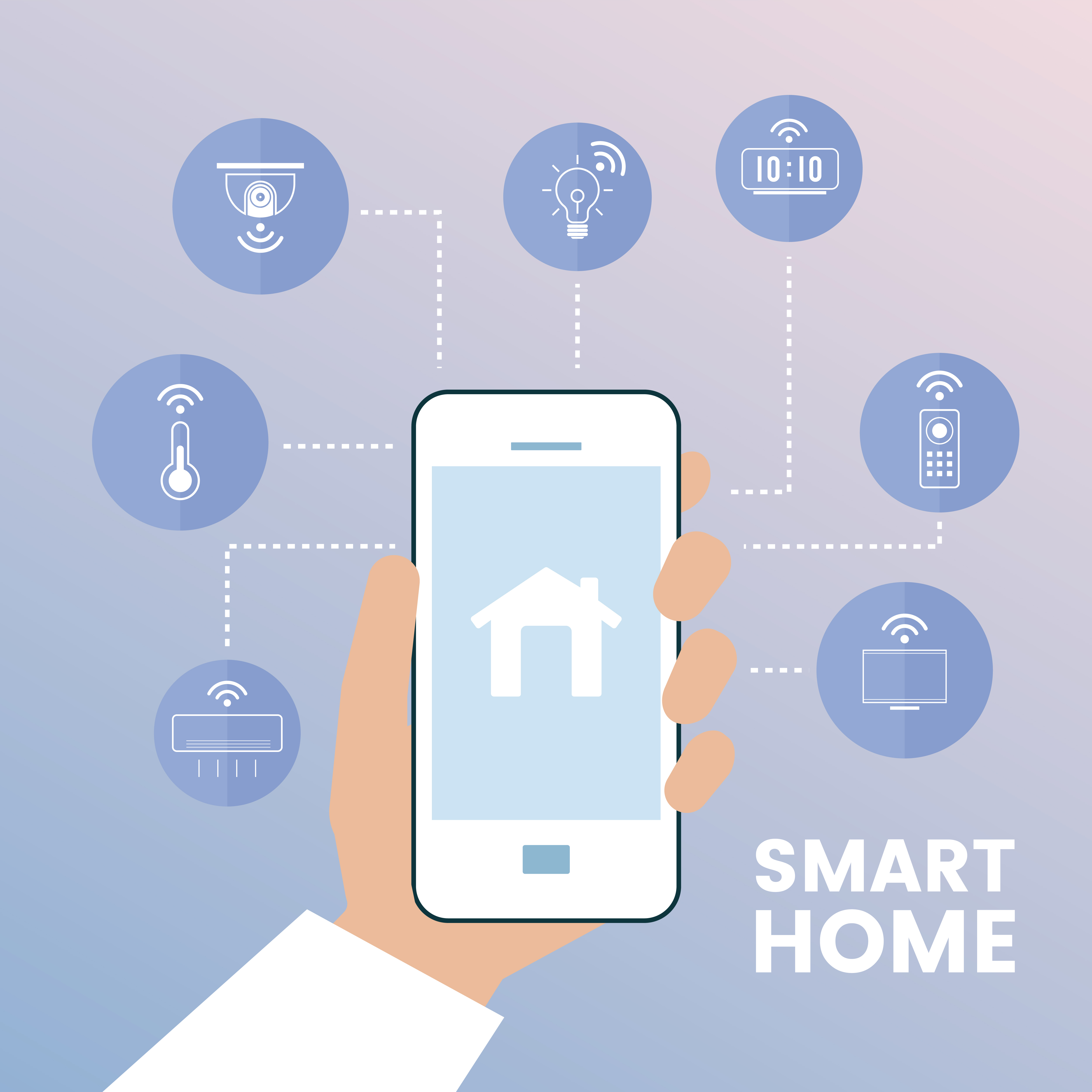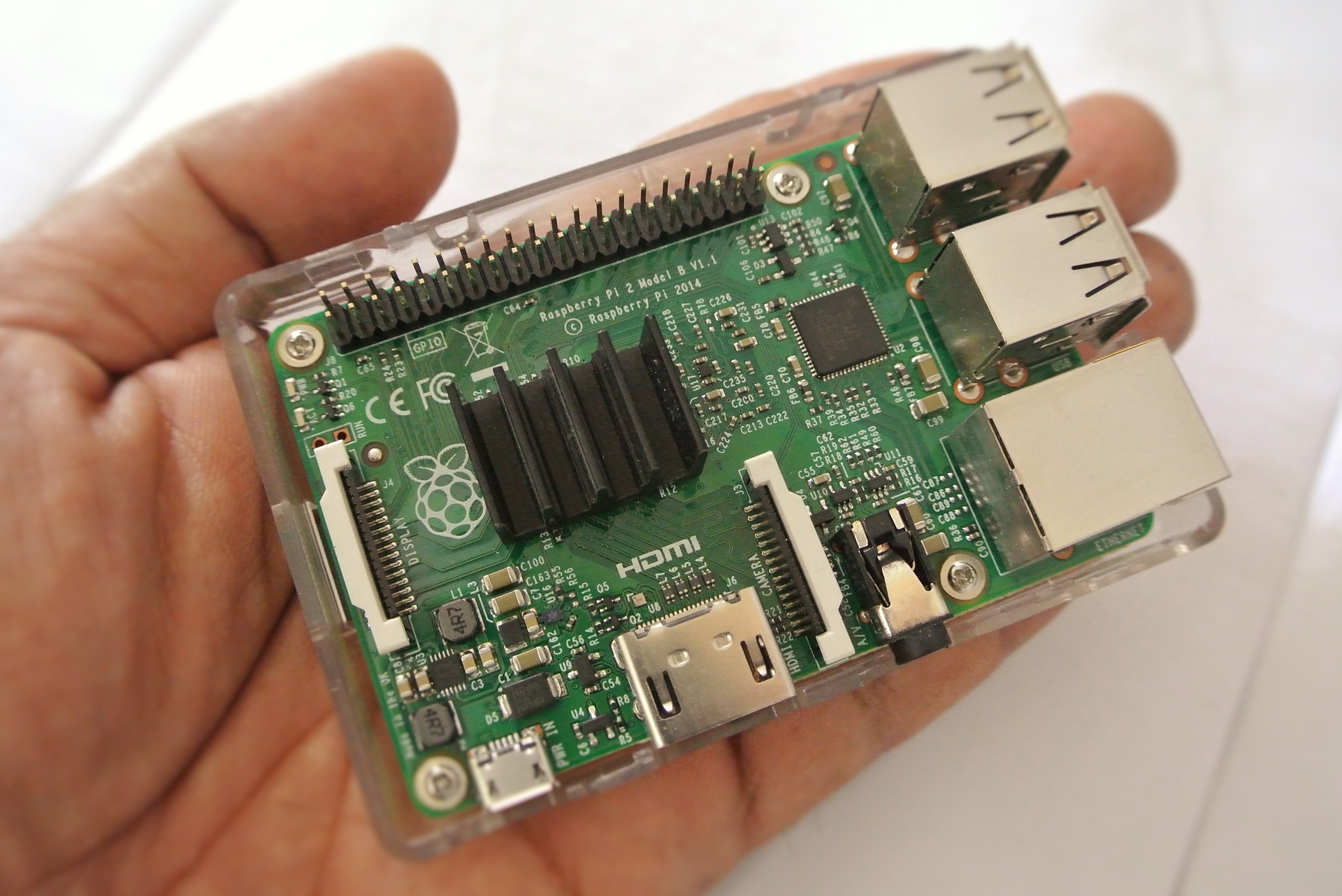In 2017, Artificial Intelligence became one of the hottest topics and is still attracting attention and investments. There was a void in businesses without AI – Artificial Intelligence, before that social networking, mobile apps, the Internet of Things, and Data Analytics have filled that void. Scientists have been working upon the technology and been talking about the benefits of AI from the past four decades, it’s about time that society’s AI dreams are coming true.
When the term AI is told, people think of the AI we encounter in personal lives which is web ads dependent and based on our search history, facial recognition on Facebook, or the IVR of banks or other companies. Or perhaps, some people think of personal digital assistants namely, Siri (Apple), Alexa (Amazon), Cortana (Microsoft), and Google Assistant (Google). But AI applications impacted both consumer and business operations. For example, a Harley Davidson dealer implemented an AI-driven marketing platform into his marketing mix and the results were astonishingly high. He witnessed a 2930 percent increase in sales, which literally tripled his business over the previous year. But every AI integration is not as successful as that dealer. Social Networking and Smartphones were into the consumer world first then they moved into Business, in the same way, we can expect AI to seep into business applications in a natural way. However, with an increase in the volumes of people, places, and things plus there is also an increase in computing speeds and real-time processing power. AI applicability and business benefits are becoming a reality with immediate effect.

AI Estimations
A survey of Cowen and Company, currently 81% of IT leaders are investing in or planning to invest in AI. CIOs are also heralding to their companies for the integration of AI into their entire technology hub. Meanwhile, 43 percent are doing a proof of concept for AI, and 38 percent of organizations have already implemented AI and been planning to invest more into it.
Estimation from McKinsey research states that tech giants spent $20 billion to $30 billion on AI in 2016. Of that, R & D and deployment will get 90 percent and 10 percent to AI acquisitions. Artificial Intelligence will grow to a $47 billion market by 2020, says industry analyst firm IDC with a compound annual growth rate of 55%. Companies will spend around $18 billion on software applications, $billion on software platforms, and $24 billion on services and hardware, states IDC. Your business will risk irrelevancy if your business doesn’t already have a strategy to incorporate AI or machine learning (ML) into your development efforts by 2020 that too with this level of investment.
Related Post: What is Internet of Things [IoT]?
Exponential Growth of AI
Google, Amazon, and Facebook are leading the AI race right now, with Microsoft just behind between those three are catching up rapidly with the investment of a lot of time and resources in AI. With access to thousands of researchers on staff and billions of dollars set aside for investing in capturing the next generation of leading data scientists, proving these organizations a head start over the rest of the market. For example:
1. Google’s 25,000 engineers, only a few thousand are knowledgeable and proficient, that makes roughly 10 % and they are making efforts to make that number 100 percent.
2. The AI and research group at Microsoft grew by 60% through hiring and acquisitions in the first year of its operations.
3. FBLearner Flow is being used by over 750 Facebook engineers and 40 different product teams, which helps them leverage AI and ML. Over a million models have been trained on the new software.
Moreover, Infor, Microsoft, and Salesforce have also been researching and implementing AI in their business. In the market today, these tech giants are just a few of the serious artificial intelligence contenders. It makes smaller companies very tough to attract and retain the skilled work required to make their AI dreams a reality. Recruiting efforts won’t just be it to create an impact, but also the time required to conduct a new employee onboarding, supervised learning, and training to effectively scale AI programs.
Most companies lack analytical infrastructure and general knowledge needed to apply AI and ML to its full potential. Secured access of data without having to deal with multiple authentications must be enabled by engineers. Often it’s a case if the company has several isolated data warehouses or enterprise resource planning application systems. IT leaders must have the ability to bring large data sets together from several unique and varied data sources into centralized, scalable and observed data repository, for this they have to attempt to successfully deploy and conquer an enterprise-wide AI strategy.

Development of AI Applications Market Place
When it’s clear that the use of AI is important, not all companies have the IT budgets to hire the employees required to build AI-fueled applications that too in-house. For that reason, we can expect to see on an immediate effect, the rise of AI services marketplace in the near future. There is already an emerging form of companies providing AI self – service tools that are very easy to use for the non-data scientist and not that expensive to acquire. These AI market places will resell AI services and specialized algorithms that companies can completely buy and implement within their business, which will make the business process management more easier to handle. To compete in this race of AI, this marketplace will provide companies AI services which are in a modest budget.
Related Post: Why is CRM software Important for your Business?
Conclusion
We have only seen a few examples of the major AI benefits, we will see a rise in the integration of the AI in the coming future. Having the roots in computer science since, a few decades. It is only now that this concept is getting popular among the organizations as well as the consumer applications, and the need for it increasing day by day. By embedding AI into the core functions of the software enterprise software providers are making AI a necessity. We can see this integration more in the coming years. For businesses, this will mean that they no more need to hire computer scientists or invest large capital to develop their own AI systems.
Ouriken is a standalone web design and digital agency. We design and implements powerful solutions for small and medium businesses in technology, business, and operations.


![Why Businesses Must Integrate Artificial Intelligence [AI]?](https://ouriken.com/blog/wp-content/uploads/2019/06/AI-Featured.jpg)
![What is Internet Of Things [IoT]?](https://ouriken.com/blog/wp-content/uploads/2019/05/Featured-final-1.jpg)

